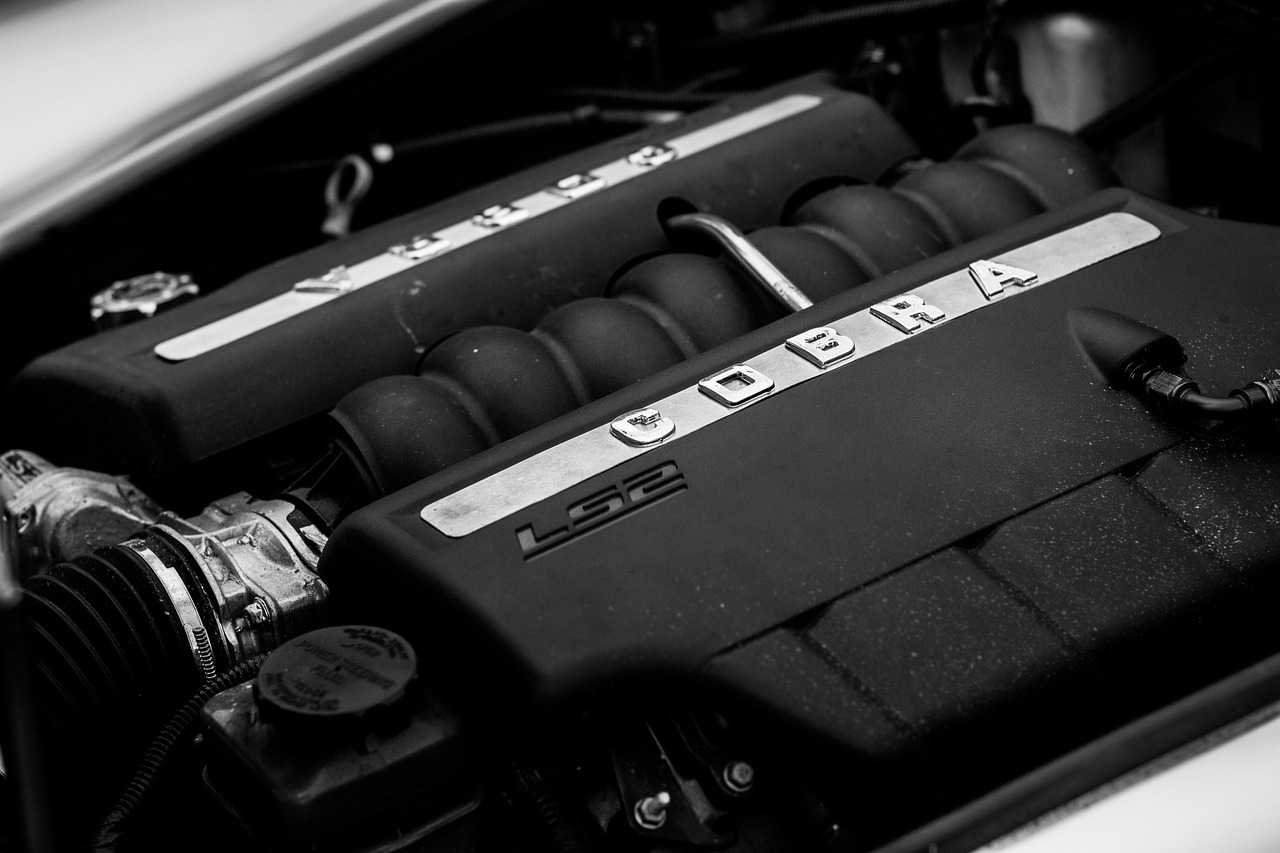The Evolution of Automotive Lighting Technology: From Incandescent to LED
In the early days of automotive lighting, cars were equipped with simple oil lamps or acetylene lamps to illuminate the path ahead. These primitive lighting systems were not very effective, often producing dim and flickering light that offered limited visibility for drivers navigating the roads at night. As a result, night travel was a challenging and risky endeavor, with potential hazards lurking in the darkness.
The development of electric headlights marked a significant advancement in automotive lighting technology. By the early 1900s, electric headlights became more common in cars, offering a more reliable and brighter source of light. This innovation greatly improved visibility for drivers, enhancing road safety and making nighttime driving a more feasible and less daunting task. The evolution of automotive lighting has come a long way since those early days, paving the way for further advancements in headlight technology.
The Rise of Halogen Headlights
Halogen headlights revolutionized automotive lighting in the mid-20th century. Offering brighter and longer-lasting illumination than their predecessors, these lights quickly gained popularity among car manufacturers and consumers alike. With their ability to produce a clear white light, halogen headlights significantly improved visibility for drivers, especially in adverse weather conditions.
One of the key advantages of halogen headlights was their energy efficiency compared to traditional incandescent lights. By using a tungsten filament enclosed in a halogen gas-filled bulb, these headlights were able to produce more light with less power consumption. This not only benefitted drivers by enhancing their visibility on the road but also helped vehicles conserve energy and reduce their overall environmental impact.
The Transition to HID Xenon Lights
One major milestone in automotive lighting was the transition to HID Xenon lights. These high-intensity discharge lights brought about a significant improvement in visibility and safety on the roads. The bright white light emitted by HID Xenon lights not only enhanced the driver’s visibility but also improved the overall aesthetic of the vehicle.
Compared to traditional halogen headlights, HID Xenon lights consume less power while providing a much brighter and clearer light output. This advancement in lighting technology marked a significant step forward in automotive safety and performance. As more vehicles adopted HID Xenon lights, drivers experienced a noticeable difference in their nighttime driving experience, with better illumination and improved road visibility.
What are HID Xenon lights?
HID Xenon lights, also known as High Intensity Discharge lights, are a type of automotive lighting that produces light by passing an electric current through xenon gas.
What are the benefits of HID Xenon lights compared to halogen headlights?
HID Xenon lights are brighter and produce a whiter light than halogen headlights, making it easier to see while driving at night. They also have a longer lifespan and consume less energy.
How do HID Xenon lights differ from traditional incandescent bulbs?
HID Xenon lights do not have a filament like traditional incandescent bulbs, which means they are less prone to burning out. They also produce a different color temperature of light, giving them a more modern and stylish look.
Can HID Xenon lights be installed in any car?
While HID Xenon lights can technically be installed in most cars, it is important to make sure that they are compatible with your vehicle’s electrical system to avoid any potential issues.
Are HID Xenon lights legal to use on the road?
HID Xenon lights are legal in most countries, but it is important to ensure that they are installed correctly and aimed properly to prevent blinding other drivers on the road.







